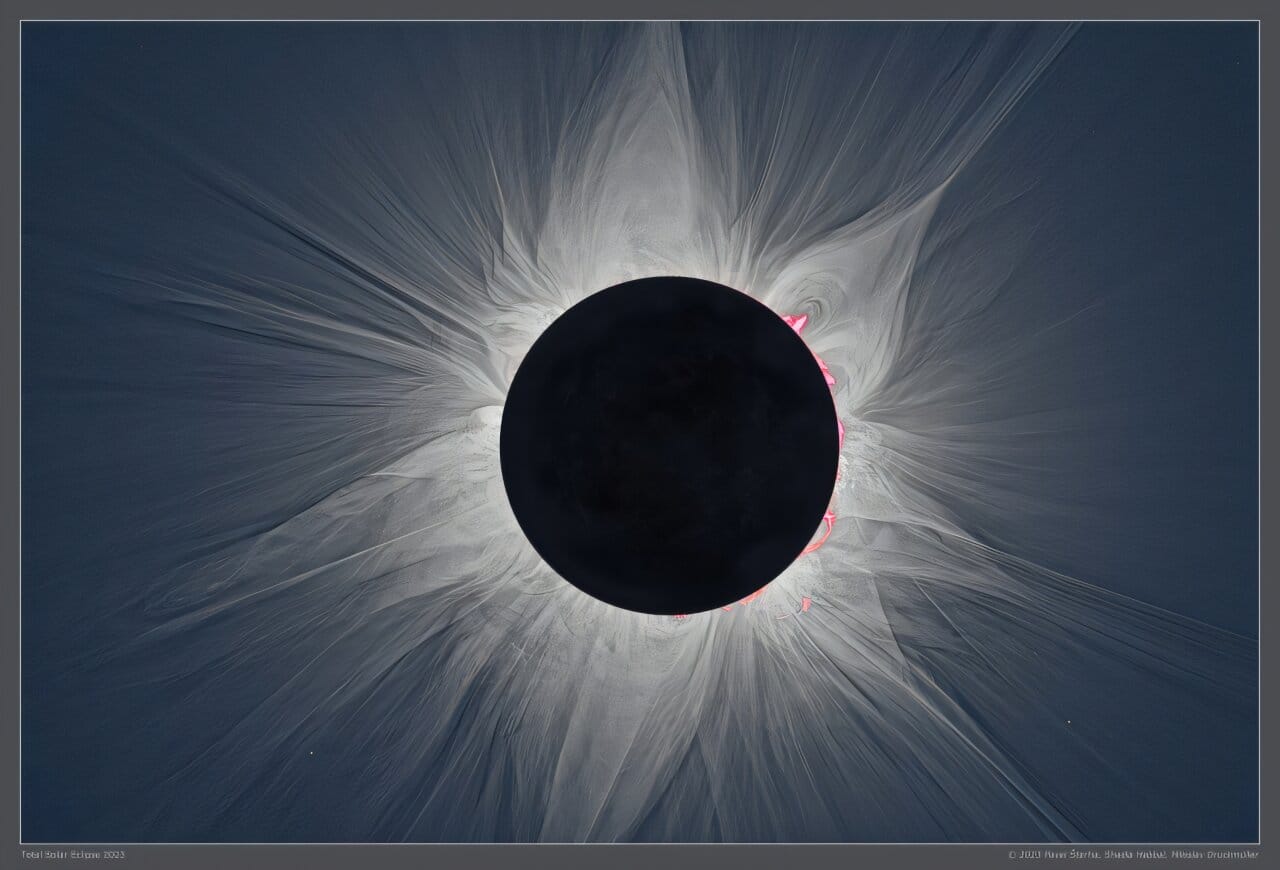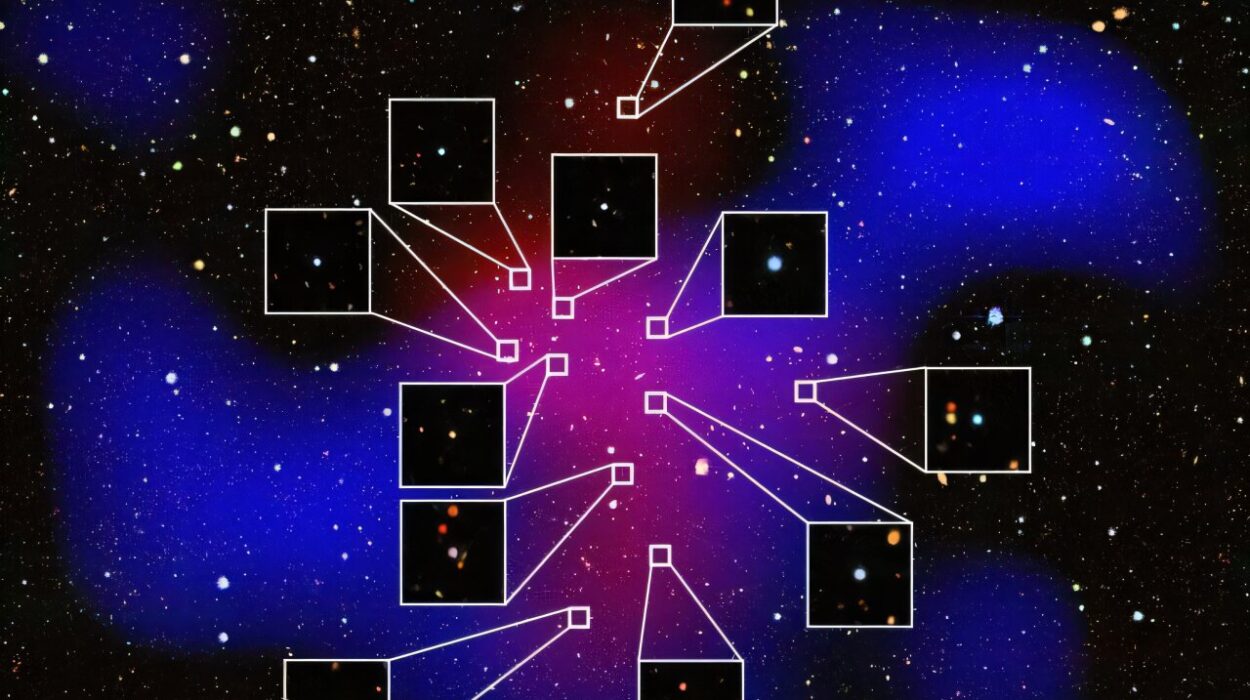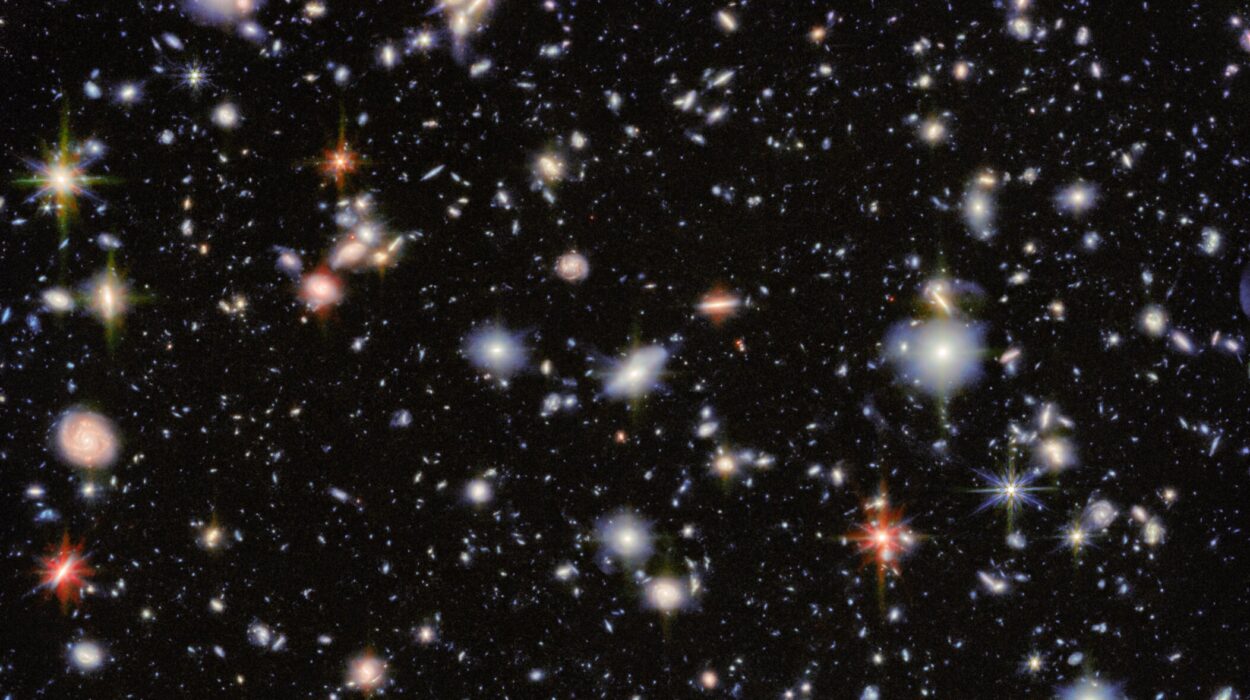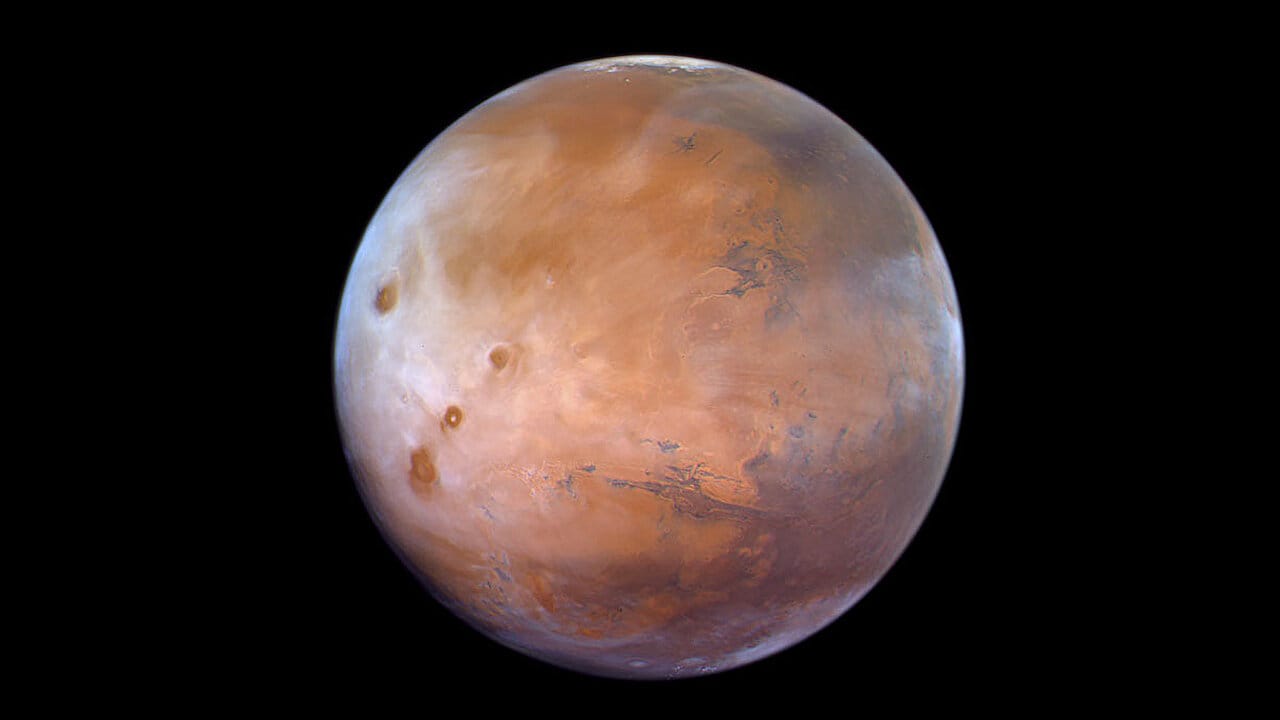In the cold dark of space, far beyond the comforting blue of Earth’s sky, a small satellite may soon attempt something that has captivated humans for millennia: the spectacle of a total solar eclipse. But this time, it won’t be a fleeting terrestrial event marked by hurried glances through protective glasses. If successful, this mission will create an artificial eclipse again and again—unlocking secrets that have eluded scientists for decades.
This ambitious proposal, unveiled this week at the Royal Astronomical Society’s National Astronomy Meeting in Durham, UK, is called MESOM—the Moon-Enabled Sun Occultation Mission. Spearheaded by a coalition of British universities and space centers, MESOM aims to give researchers something Earth can never offer: regular, long-duration, crystal-clear eclipses, each lasting up to 48 minutes—ten times longer than any eclipse seen by human eyes.
If approved and launched within the next few years, this nimble mission could redefine how humanity studies the most enigmatic region of our nearest star: the solar corona—the shimmering halo of superheated gas that only emerges when the sun’s blinding disk is blocked from view.
The Solar Corona: A Ghostly Crown with Deadly Power
Every so often, when the moon slides exactly between the Earth and the sun, day briefly turns to night. The sky darkens, birds fall silent, and a dazzling white crown bursts into view around the blackened sun. For just a few minutes, humans glimpse the corona—an ethereal veil of charged plasma that can burn at temperatures over a million degrees Celsius.
The corona is more than just a beautiful spectacle. It is the birthplace of space weather: storms of energetic particles and radiation that can disrupt satellites, endanger astronauts, and cripple power grids on Earth. Solar flares and colossal eruptions called coronal mass ejections (CMEs) are forged in this hidden realm.
Yet for all its importance, the corona remains one of the least understood parts of the sun. From Earth’s surface, it is usually invisible, drowned out by the overwhelming glare of sunlight. Even space telescopes must rely on artificial “coronagraphs”—disks that block the sun’s face—to study the corona. But these instruments can only get so close before scattered light and diffraction smother the details.
That’s why total solar eclipses are so precious: in those rare minutes, nature itself creates a perfect occultation, revealing the inner corona in all its ghostly splendor. Scientists have traveled the globe for centuries to capture these precious moments, shipping telescopes to far-flung deserts and mountaintops in pursuit of a few minutes of data.
MESOM, however, dares to ask: what if we could have an eclipse whenever we wanted—and keep it going almost an hour at a time?
An Eclipse Machine in Orbit
The core of MESOM’s plan is both simple and audacious: use the moon as a natural occulter, but from space.
Unlike coronagraphs, which must block sunlight artificially and still struggle with diffraction, MESOM will exploit the moon’s perfect silhouette, just as observers on Earth have done for centuries. But from orbit, MESOM can avoid the blurring, scattering, and absorption that Earth’s atmosphere inflicts on telescopes. Even more impressively, it can place itself in alignment with the moon’s shadow again and again—roughly every 29.6 days, or once per lunar month.
“When the sun is near the orbital plane of the moon, we can experience total eclipses as long as 48 minutes,” said Dr. Nicola Baresi, a space systems engineer at the Surrey Space Center and a co-investigator on the project. “This enables unprecedented and prolonged measurements of the physical processes from which adverse space weather events—namely solar flares and coronal mass ejections—may originate.”
Think of MESOM as an eclipse hunter that never has to pack up and go home. In the mission’s projected two-year lifespan, the satellite could record the equivalent of 80 Earth-based eclipses—an unparalleled treasure trove for solar physicists.
Closer Than Ever Before
The European Space Agency’s current Proba-3 mission has pioneered formation-flying techniques to study the corona out to 1.1 solar radii—about 765,000 kilometers from the sun’s core. But MESOM, by exploiting perfect lunar alignment, will push significantly closer, down to 1.02 solar radii, or just 710,000 kilometers.
That extra 56,000 kilometers may sound modest, but in solar physics, it’s a revolution. The inner corona is where the sun’s magnetic field tangles and snaps like cosmic rubber bands, generating the flares and eruptions that threaten satellites and astronauts. It’s also where the corona mysteriously reaches temperatures hotter than the sun’s surface—an enduring puzzle known as the coronal heating problem.
To unlock these secrets, MESOM will carry a suite of finely tuned instruments:
- A high-resolution coronal imager, led by the US Naval Research Laboratory, will capture detailed images of coronal loops, streamers, and flares.
- A corona mass spectrometer, developed by Aberystwyth University and University College London’s Mullard Space Science Laboratory, will dissect the composition of superheated plasma.
- A spectropolarimeter, contributed by the Spanish Space Solar Physics Consortium, will measure the corona’s magnetic fields with unprecedented sensitivity.
These tools will offer scientists an intimate look at the sun’s hidden engine—day after day, month after month.
Harnessing the Dance of Celestial Mechanics
MESOM’s elegance comes from a remarkable marriage of orbital mechanics and natural geometry. By timing its orbit precisely, the satellite will glide into the moon’s umbral cone—the darkest part of the lunar shadow—every two revolutions.
In other words, while the Earth, moon, and sun perform their timeless dance, MESOM will choreograph itself to slip into the moon’s shadow over and over, creating a repeating window onto the corona’s secrets.
Dr. Baresi calls this approach “capitalizing on the chaotic dynamics of the sun-Earth-moon system.” It’s a poetic way of describing the mission’s genius: to harness nature’s own alignment rather than fighting against it.
A Small Mission with Big Ambitions
MESOM is being proposed as an F-class mission—the European Space Agency’s category for smaller, faster, more affordable science projects. With a cost ceiling of €205 million (about $240 million) and a rapid development timeline of less than eight years, F-class missions are designed to deliver breakthrough science without the colossal budgets of flagship spacecraft.
If ESA approves MESOM later this year, the mission could launch as soon as 2026 or 2028, opening a new era in solar observation.
But for all its sophisticated technology, MESOM’s inspiration remains rooted in something profoundly human: our fascination with eclipses. Since the earliest civilizations, humans have watched the sun vanish behind the moon with a mixture of wonder and dread. Ancient Chinese astronomers recorded eclipses thousands of years ago. Greek philosophers debated their cause. Medieval scholars traveled continents to witness them. In modern times, scientists have chased eclipses from the Sahara to Siberia to photograph the corona in precious minutes of darkness.
Now, with MESOM, the age-old ritual could become routine—an artificial eclipse factory in orbit, tirelessly unveiling the sun’s hidden face.
A New Dawn for Solar Science
For scientists who have waited decades for a chance to glimpse the corona’s innermost secrets, MESOM represents not just a technical achievement but an emotional milestone. Imagine being able to watch the birth of a solar flare in real time, to see magnetic fields twisting and exploding in exquisite detail, to understand—at last—how our star’s restless heart shapes the space around us.
In an age when humanity’s reliance on satellites and technology grows every day, understanding space weather is more urgent than ever. MESOM could bring us closer to predicting—and perhaps one day mitigating—the storms that can cripple our modern world.
If all goes well, within a few years, a modest spacecraft no bigger than a kitchen appliance will be orbiting Earth, slipping silently into the moon’s shadow, and bringing us the sun’s hidden story, one eclipse at a time.






